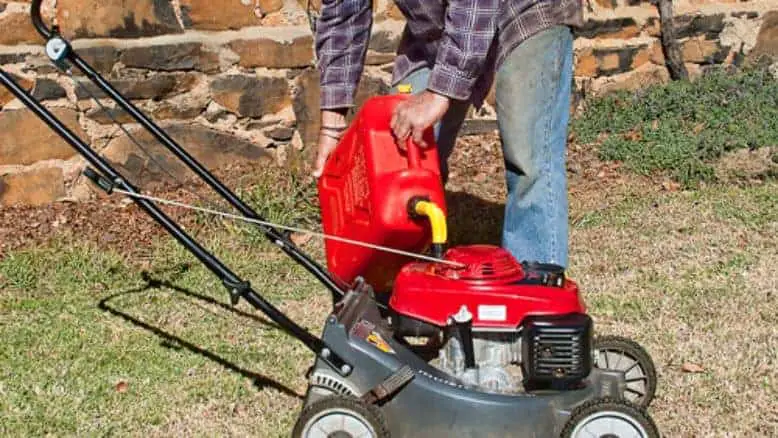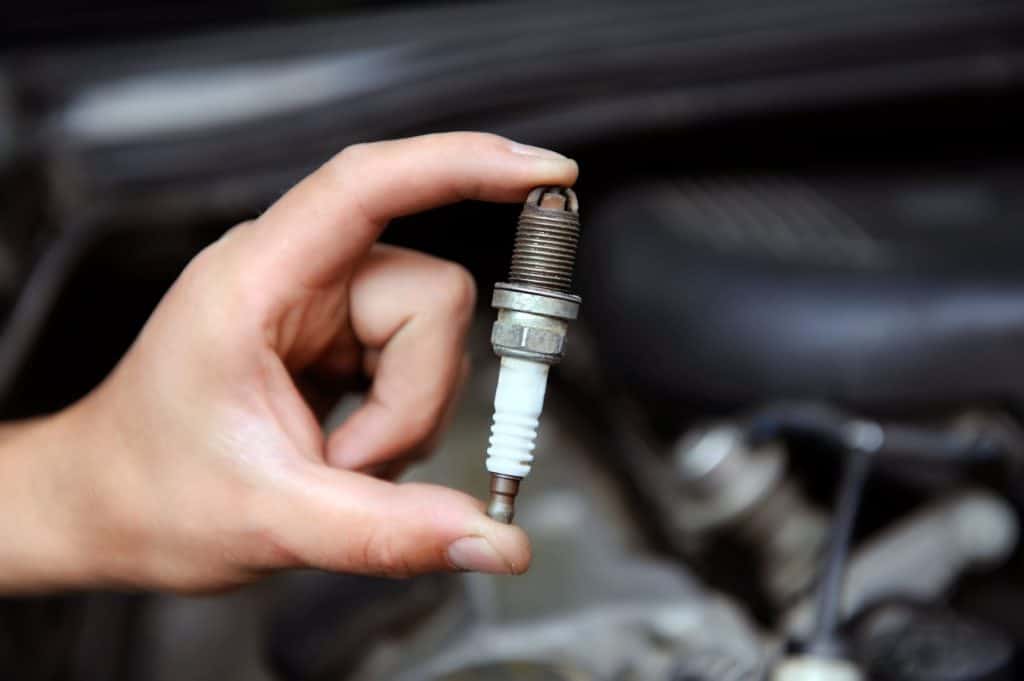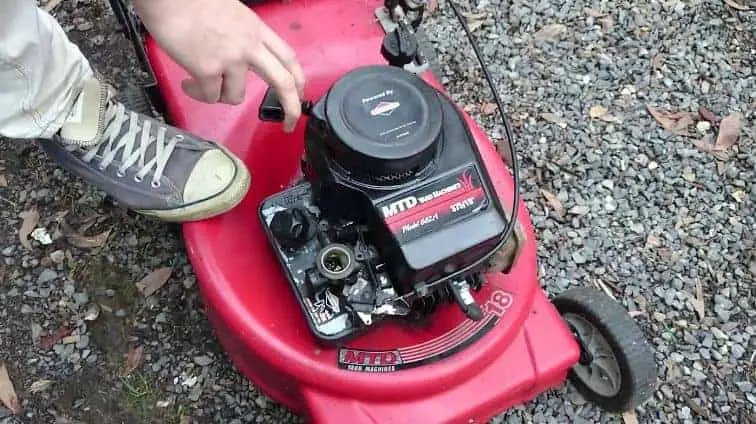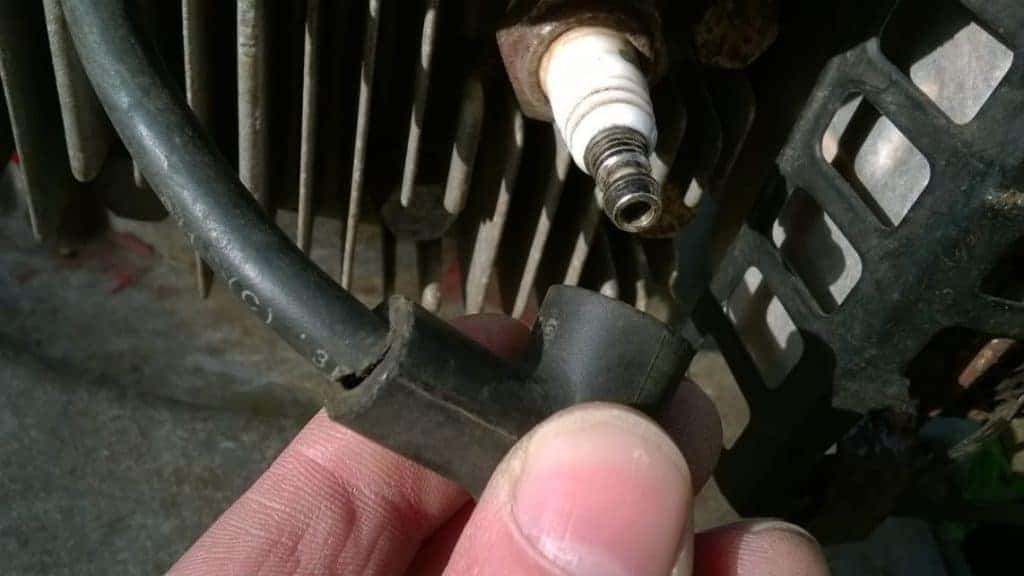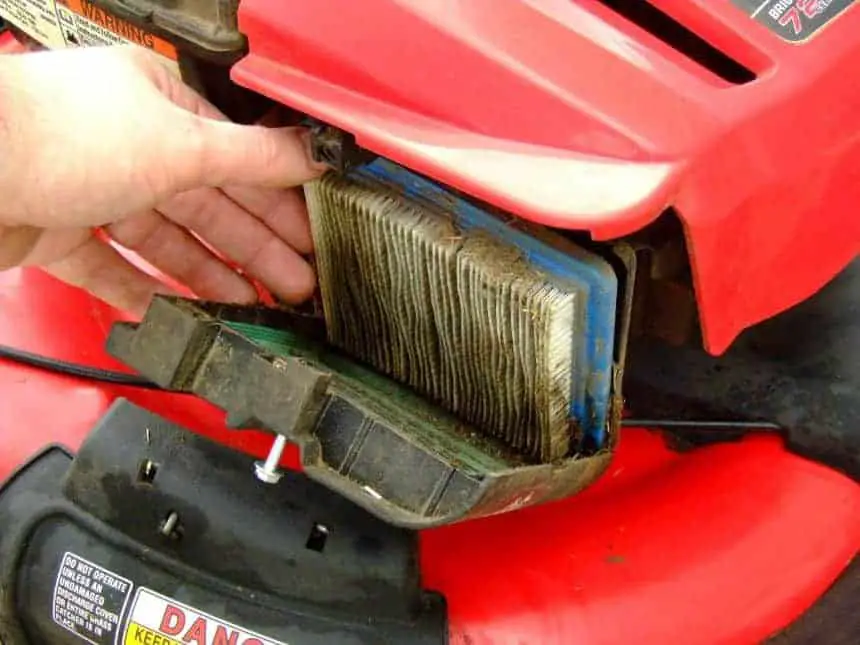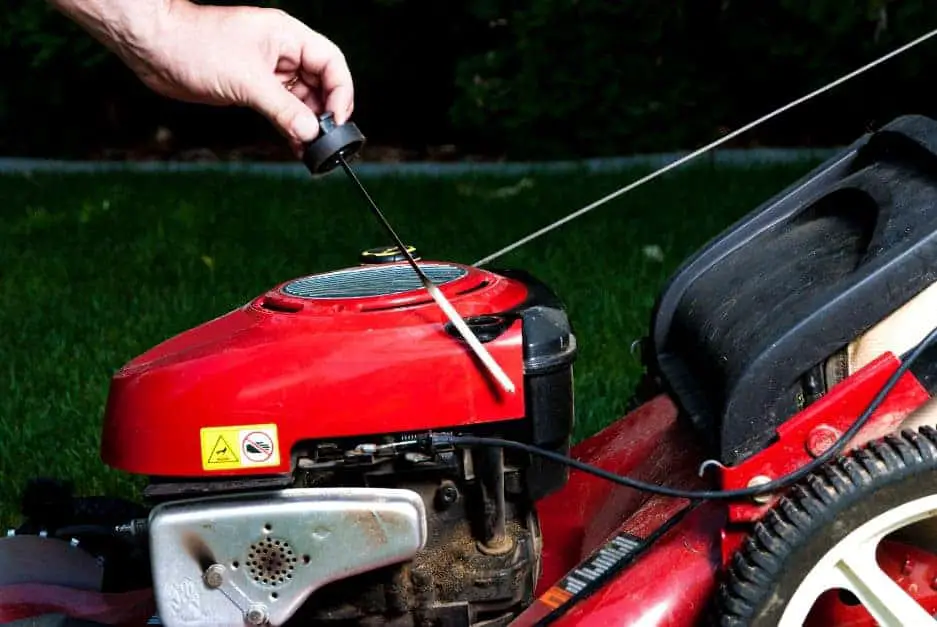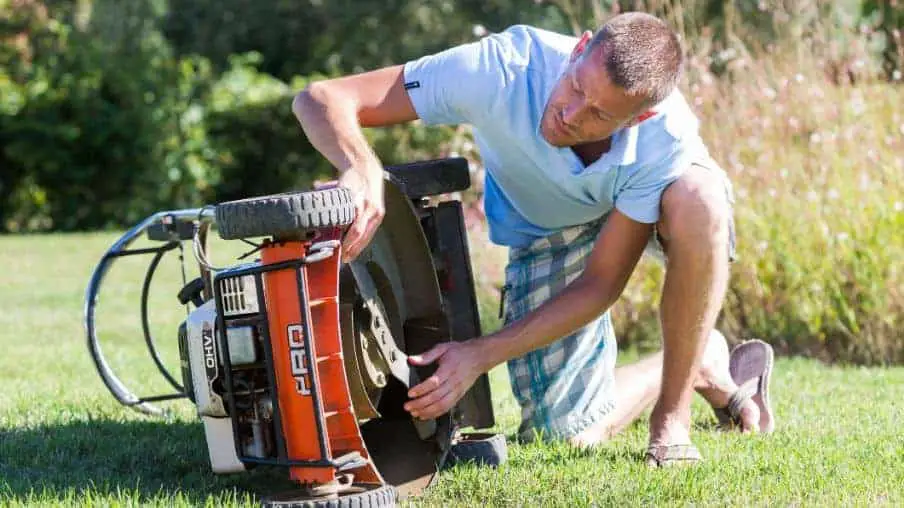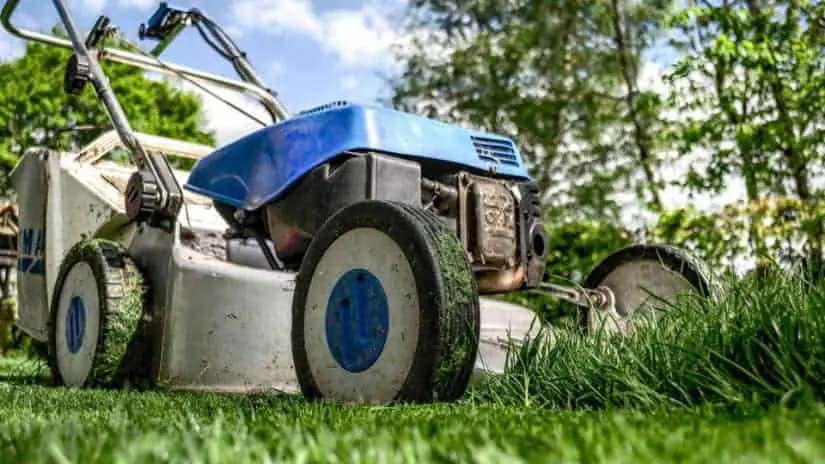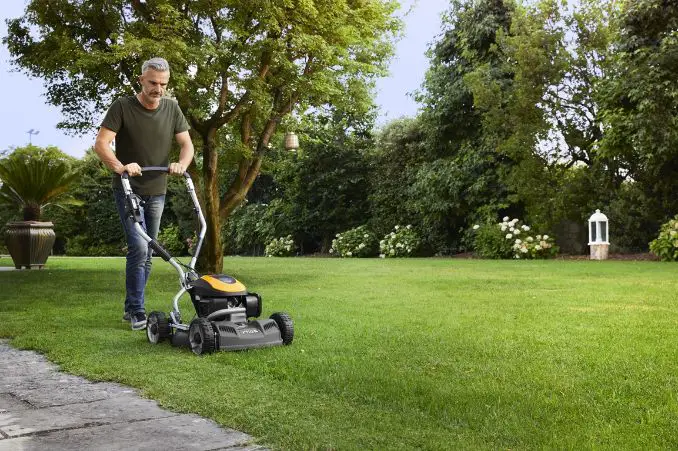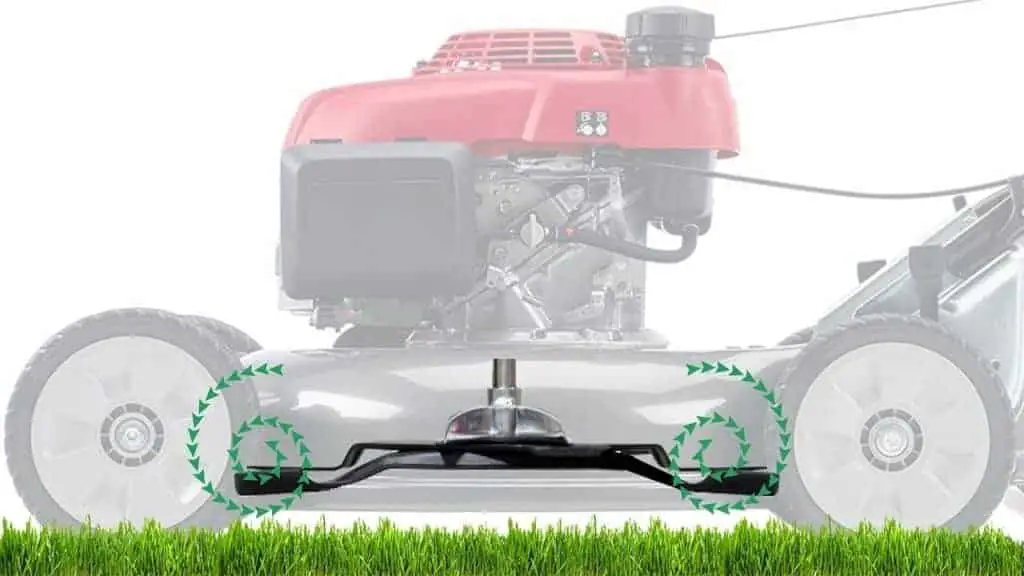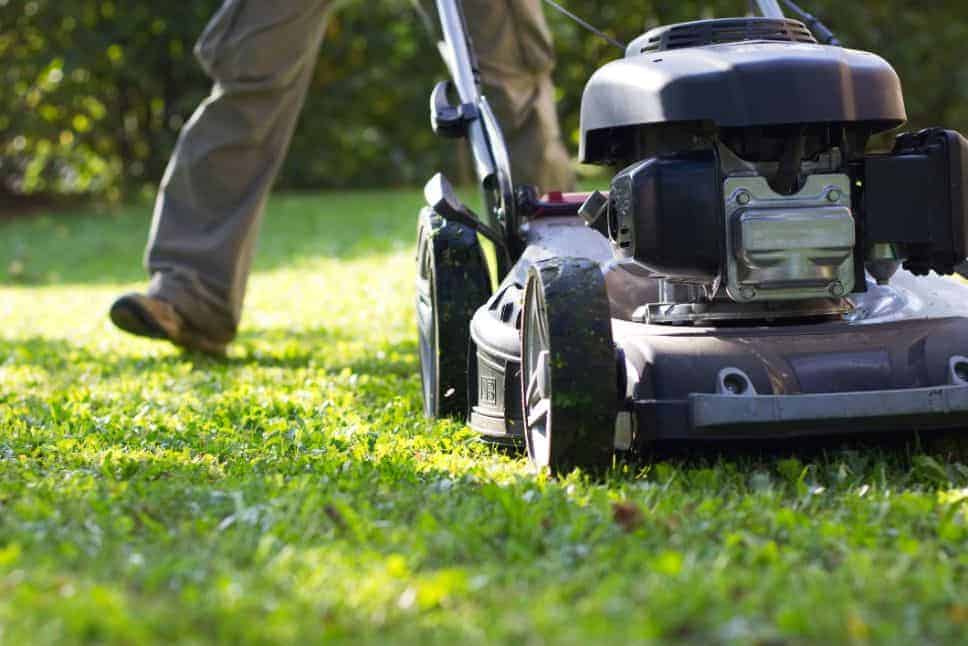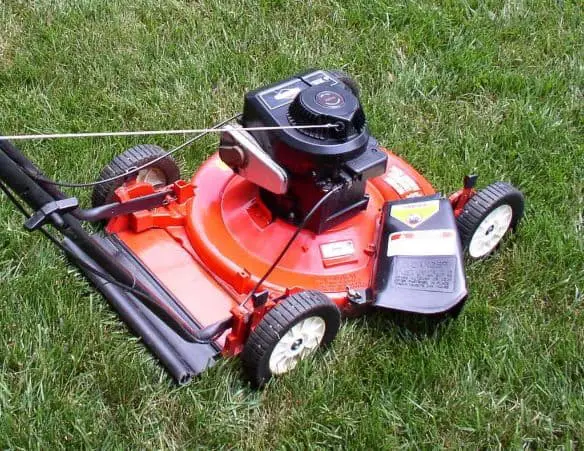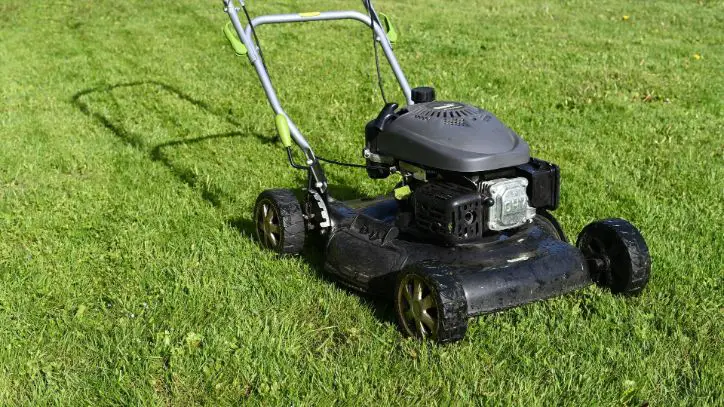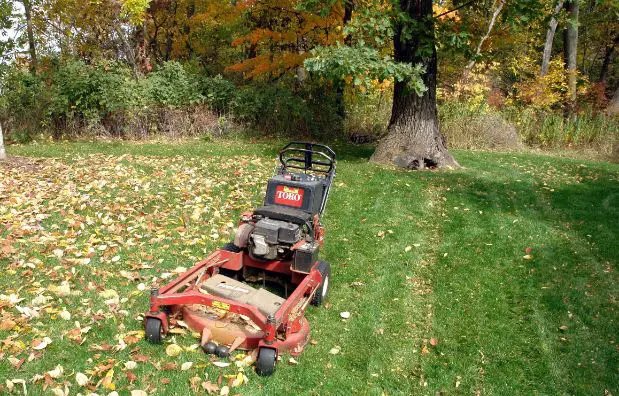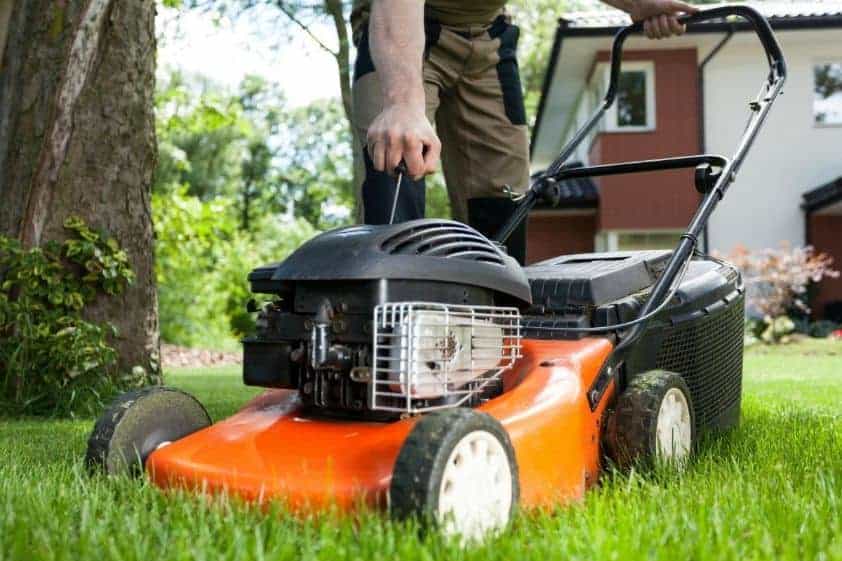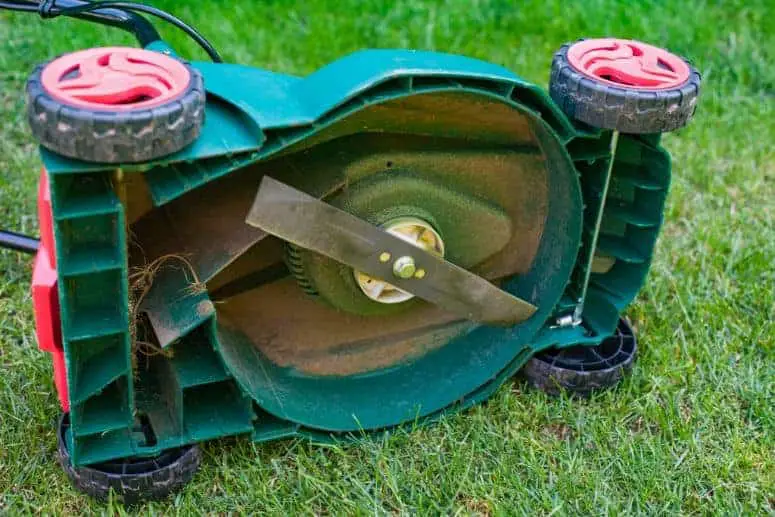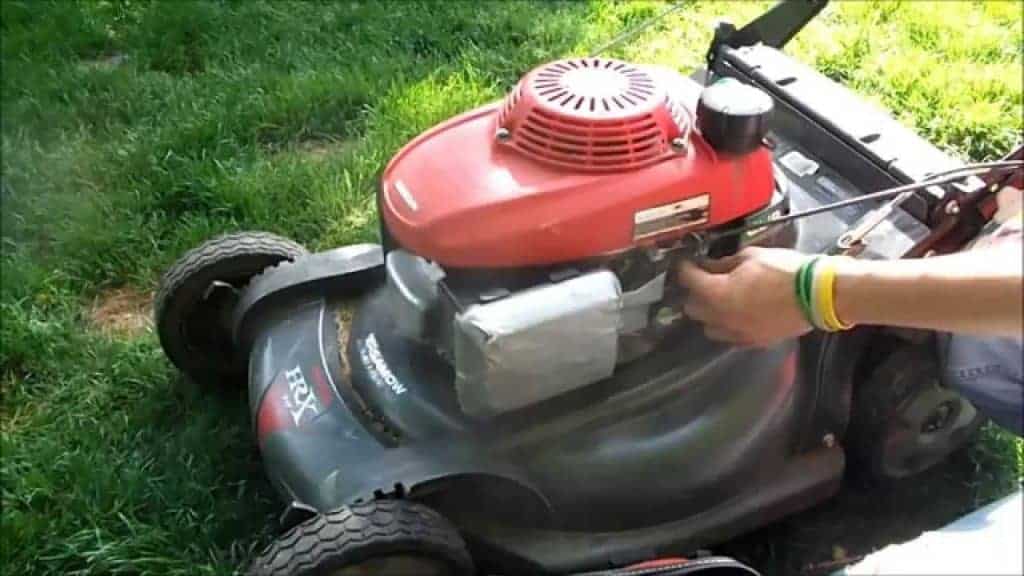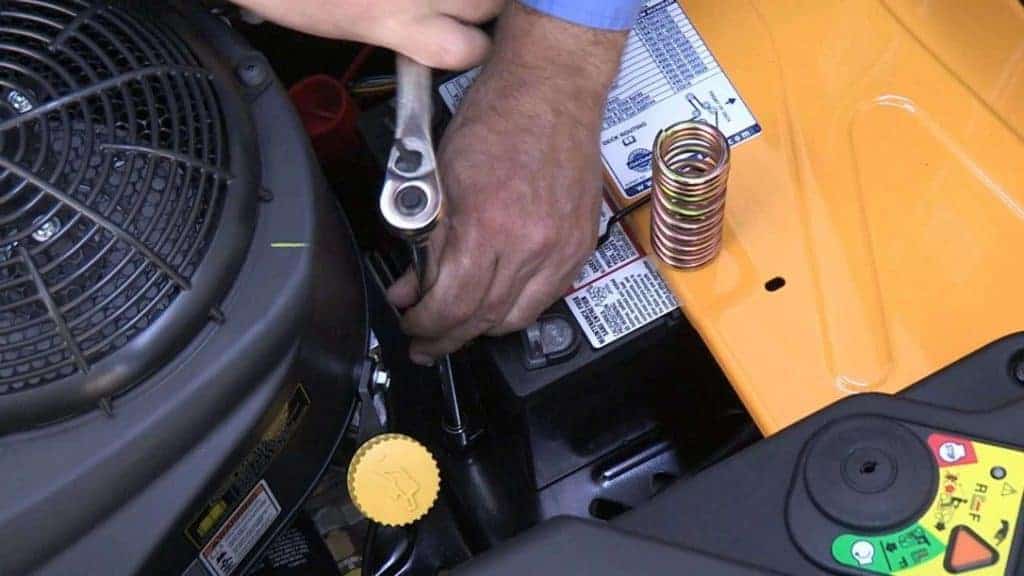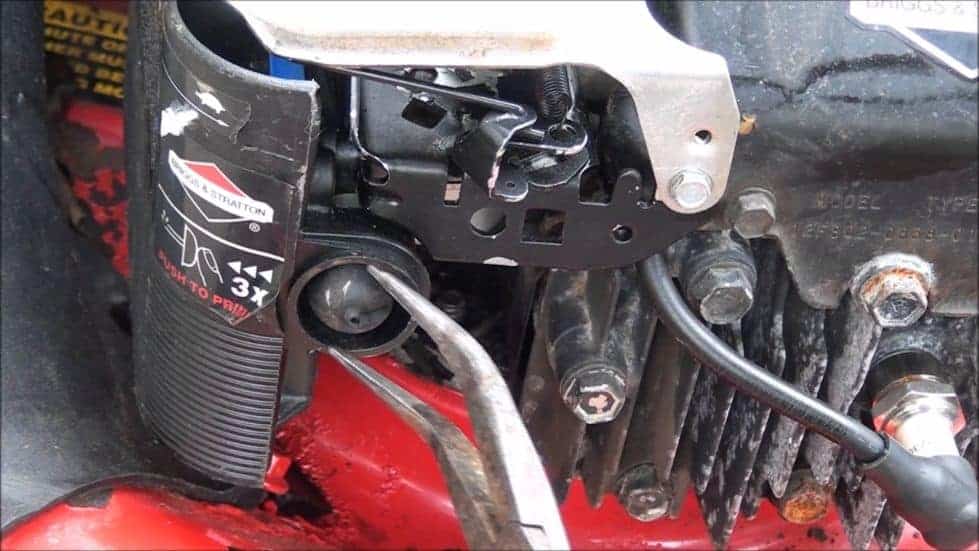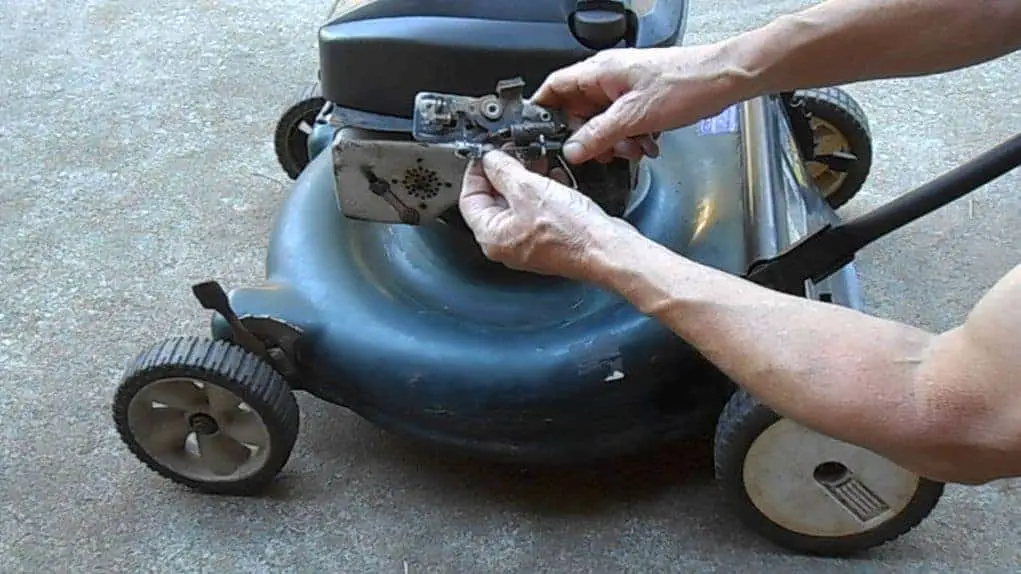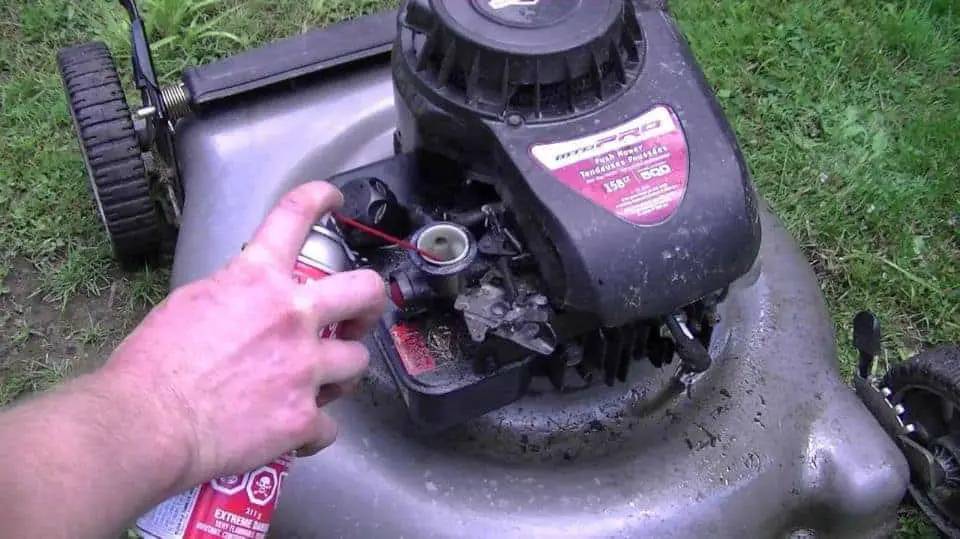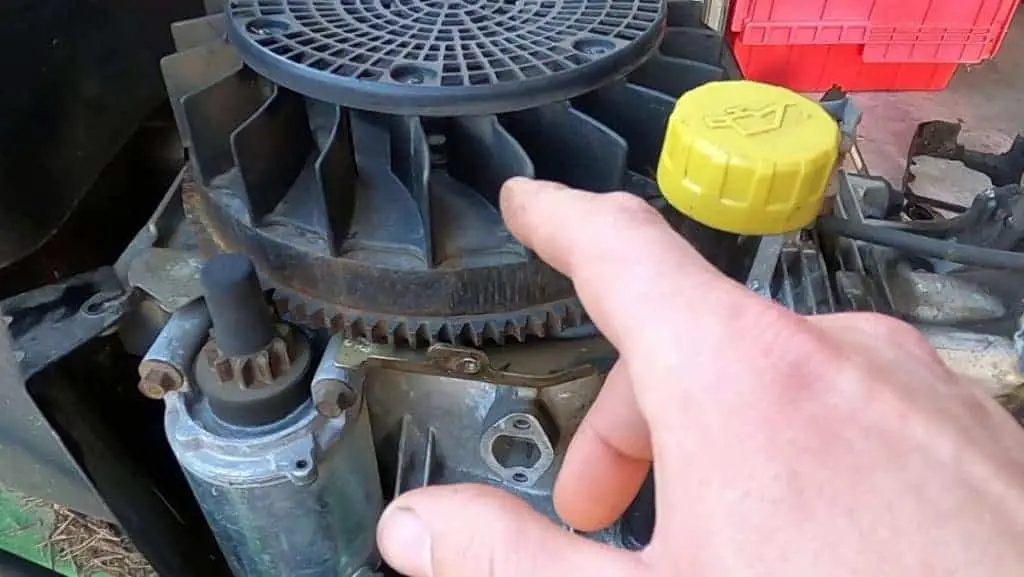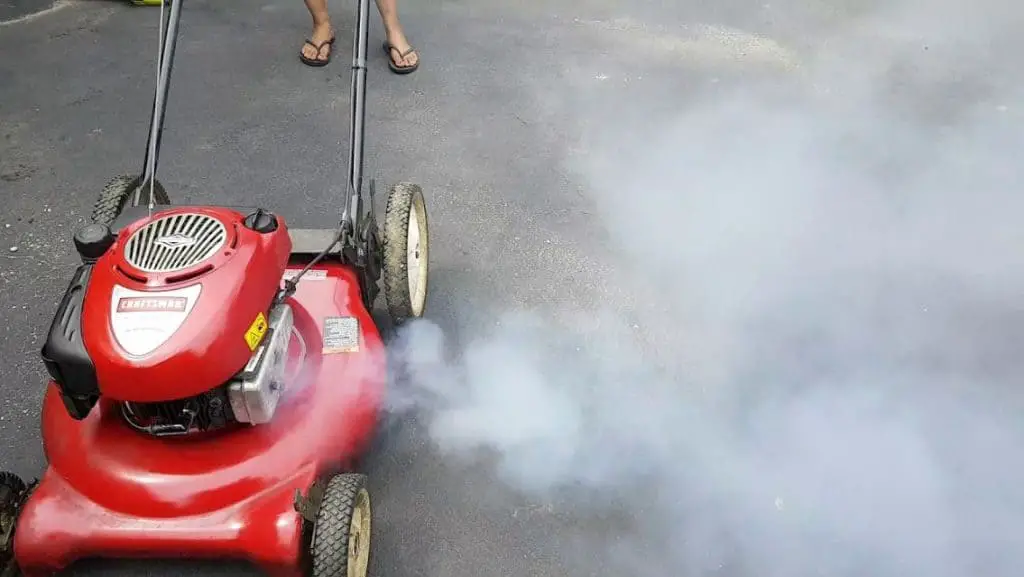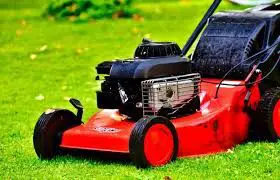When To Sharpen Your Riding Mowers Blades
Keeping your riding mowers blades sharp is the best way to get a clean and accurate cut on your lawn, by cutting your lawn with dull blades on your riding mower, you could be ruining the health of your lawn.
However, figuring out when it is the right time to sharpen the blades of your riding mower can be difficult as this depends on how often your mow and the size of the lawn you are cutting.
On average, for people who are just maintaining there garden, once or twice a season is sufficient for your riding mower, if you are after a more professional cut however and use your mower a lot, every 25 hours of grass cutting time could be more suitable.
To get a better idea of what signs you should be looking out for and how to sharpen them, we have put a little guide together below that will cover everything you need to know about sharpening your mower's blades.
Why Should I Sharpen My Riding Mowers Blades
Using a mower with dull blades can cause havoc on the health of your lawn and leave it with an uneven cut or a yellow tinge to the end of your grass due to it being torn and not cut.
This will also look messy aesthetically and is not the look to be going for if you are after that professional finish on your lawn.
Signs You Need To Sharpen Your Riding Mowers Blades
From torn grass to worn-down blades, if your not sure when you should be sharpening your riding mowers blades there's a couple of indicators you can be looking out for which will show you your blades need sharpening.
We have listed a few signs below to be aware of -
The Blade Is In Poor Condition
When your blade has been taking a battering from rocks and stones, over time it will become more brittle and blunt, visually inspecting your blade to see if the cutting edge is worn down or uneven can mean the blades of your riding mower need sharpening.
If your mowers blades are completely damaged then they will need replacing straight away instead of sharpening.
Uneven Cut
Going over the same area of your lawn to get an even cut is the sign of a blade that needs sharpening. Mowing a patch of your lawn once should give an even and quick cut and you shouldn't have to find yourself going over the same area twice to reach a smooth finish.
Torn Grass
One of the last best ways to determine if your riding mowers blades need sharpening is by inspecting the grass. If you can see after mowing your grass has a yellow tinge to its tips and looks torn rather than sliced, it's time to sharpen your lawnmower's blades.
Factors To Consider When Sharpening Your Riding Mowers Blades
Now you know the indicators that can tell you when your riding mowers blades need sharpening, you should additionally consider some other factors that can affect how often you need to be sharpening your mowers blades.
Lawn Size
The size of the lawn you are mowing can determine how quickly your blades will need sharpening, especially if this grass has lots of stones and debris that can wear your blades down.
For example, a large lawn with obstacles such as tree roots will tell you that your blades need sharpening much more often than a clear small backyard garden.
It's likely if you have a riding mower, your covering a larger area, meaning more regular sharpening is needed for the best cut.
Hour Spent Mowing
The time you spend mowing can impact when your blades need sharpening, by average, mowers say you should sharpen your blades once every 25 hours.
However, during different growing seasons, you might want to cut back on this mowing time and allow the grass to grow, meaning you should reduce the sharpening of your blades.
How To Sharpen Your Riding Mowers Blades
If you have figured out it's time to sharpen your riding mowers blades, then you are probably wondering how to sharpen the blades most safely and as easily possible.
We have put together a little step by step guide below for you to follow when sharpening your riding mowers blades.
Tools
- Hand grinder medium.
- Ratchet.
- Blade balancer.
- Goggles.
- Floor jack.
- Table vice.
Step One - Raise Your Mower
The first thing you need to do when sharpening your riding mowers blades is lifting the mower itself.
Place your floor jack down and lift the mower with it accordingly till the highest point, find the bolt that is securing your mowers blade on the deck.
Step Two - Take Off The Blade
Put a wooden block against the blade and mower deck to keep it stable while you remove the blade, then you use the appropriate socket, whether a six socket or twelve depending on what matches your bolt and attach it to the ratchet.
Twist your bolt anti-clockwise to remove the blade.
Step Three - Secure & Sharpen One Side Of Your Blade
Now we have removed the blade of your mower we can secure it in our table vice with equal parts of the blade remaining on each side.
Put on your goggles and start sharpening one side of your blade with your medium grinder, you should grind your blade at a 45-degree angle, make sure you maintain even pressure and only sharpen the top side.
You can tell when your mowers blade is sharp enough by looking for a shiny finish rather than depending on thickness.
Rotate your blade 180-degrees when you are done and repeat on the other side of the blade.
Step Four - Balance Time
After sharpening your blades, it's time to ensure that it is evenly balanced to avoid any unwanted vibrations happening on your mower.
Use a blade balancer to check if your sharpening on the blade is even, if it is not balanced on one side then re-sharpen your blade until it is, and vice versa for the other side.
Step Five - Reattach Your Blade
Now your mowers blades are sharp and balanced, you can reinsert your blade in the same position as it was when you removed it and retighten the bolts in a clockwise direction with the ratchet.
Make sure you do not accidentally tighten the bolt too much.
After you have successfully replaced your blade, you can lower your riding mower back down slowly and remove the jack.
Frequently Asked Questions About Sharpening a Riding Mowers Blades
What size blades should I buy for my riding mower?
Your blade size should match the size of your cutting deck, so if you have a 40-inch cutting deck then you should likely look for a 40-inch blade.
Always make sure you install the right blades for your specific mower model.
When do my mowers blades need replacing rather than sharpening?
If your blades are damaged or bent in any way then you should replace them immediately. Also, old age and signs of the blade not being able to stay sharp are good indicators you need a replacement.
How can I lift my riding mower to sharpen the blades?
To lift your mower you can use a floor jack, this will make it easier to get underneath your mower and change the blades.
Final Words
To conclude our article, how often you sharpen your riding mowers blades ultimately depends on how often you use it, the lawn size and its condition, as all these factors can impact the wear on your blade.
Always remember that if you after a more professional look on your lawn, it's best to keep your mowers blades sharpened after every 25 hours of use or less.
